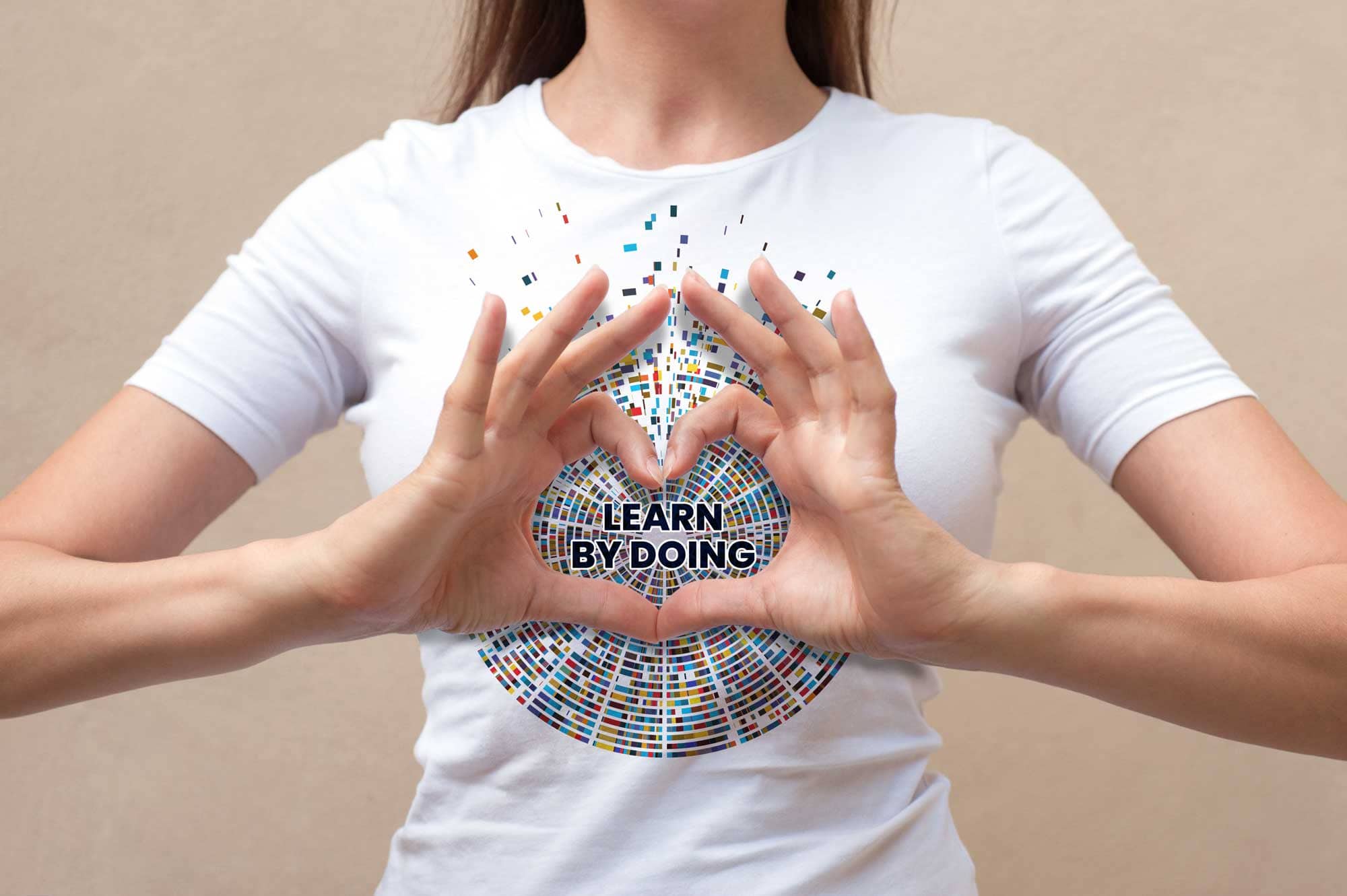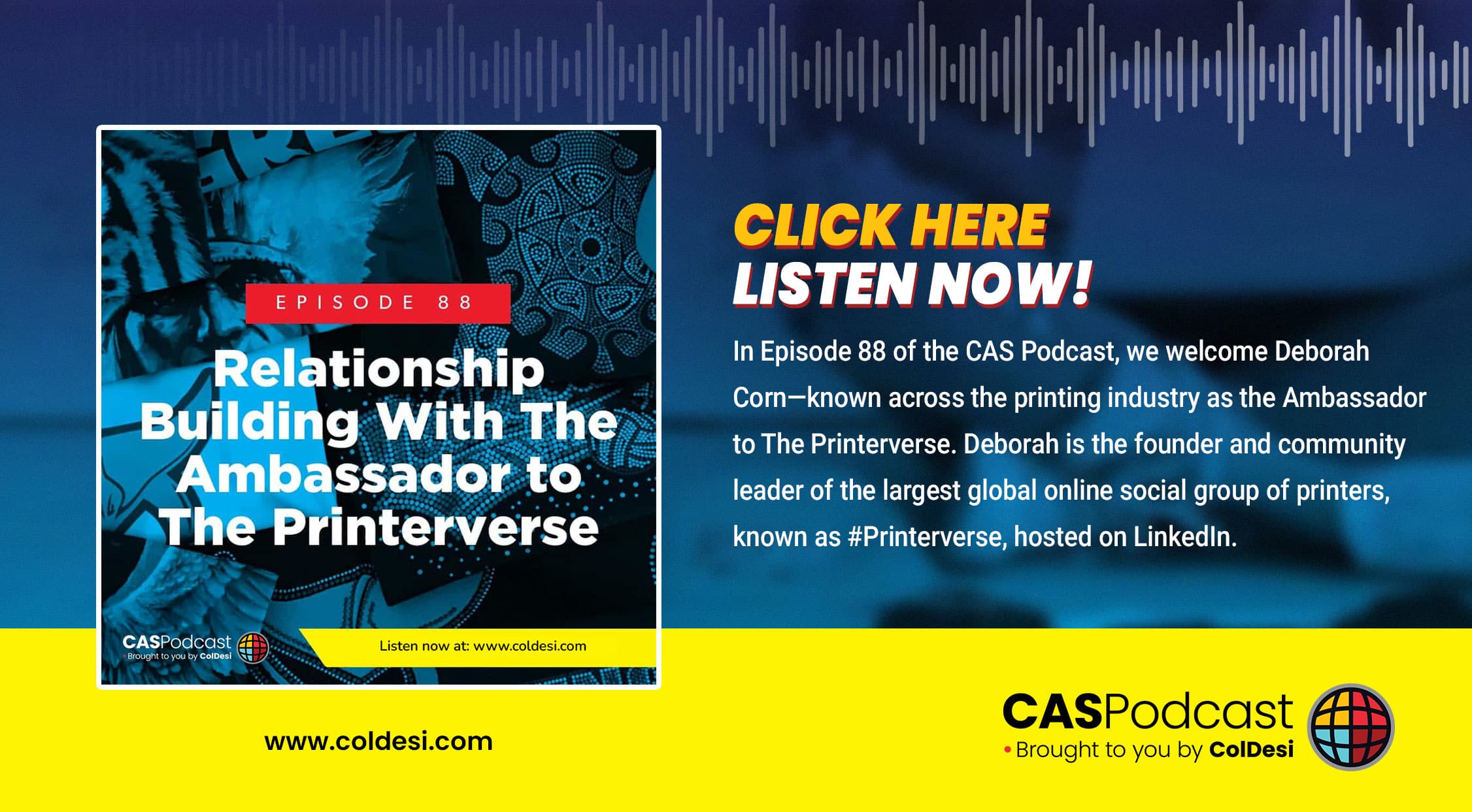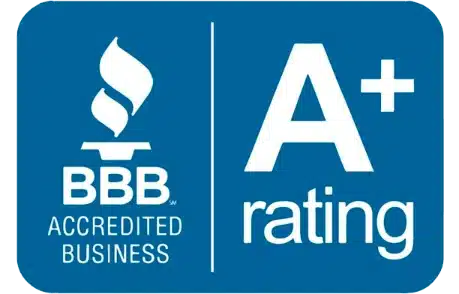One of your biggest concerns as an educator or administrator has got to be keeping up with the changing world.
Career paths are wildly different, remote jobs are a growing option in many companies, and the opportunities for start-ups continue to grow.
And preparing your students for all that in an engaging way is a tough job.
What can teachers and schools do to help foster this entrepreneurial drive in students and help them succeed after they graduate? Project-based learning Makerspaces Multisensory learning STEM education
These are all very popular topics in education right now because they try to describe and mimic the working world today. As adults, we learn the ins and outs of our jobs by doing it, not by reading textbooks and taking notes.
That’s where “makerspace” science and making custom t-shirts come in, hitting all of the interdisciplinary buttons along the way.
It gives you the opportunity to teach Math, Chemistry, Physics, Entrepreneurship, Sales and Marketing and even provides a solid career-building skill set.
All the while providing the perfect FUNDRAISING sources – which both teachers and students really need.
Makerspace Science
Science is all around us and sometimes, we just need someone to point it out. A makerspace is an environment where students can apply the theoretical to the practical and create a valuable product.
So, what kind of STEM lessons can come out of… let’s say designing, making, and printing T-shirts? We can explore some topics by using our DigitalHeat FX printer and t-shirt transfer system as an example. (If you’ve been in Vocational Education for a while you can think of this as a new digital screen printing substitute.)

How does a design that you’ve printed out and heat pressed onto a T-shirt, stay on the T-shirt?
In order to answer this question, students will need to understand some basic chemistry and biochemistry concepts.
What sort of macromolecule is cotton?
What are its chemical properties?
Is it hydrophilic or hydrophobic and how would you find out?
What is the chemical composition of the toner that makes it stick to the cotton strands in the T-shirt?
What kind of interaction is this?
What sorts of chemical bonds are formed?
Is this process reversible?
Would heat pressing a design into a T-shirt be considered a physical or chemical reaction?
The takeaway from all this chemistry is that in order to sell and promote a product, you must understand what you’re selling.
If students have a solid understanding of T-shirt making, they’ll be able to answer questions from potential donors and customers as well as create more innovative marketing campaigns.
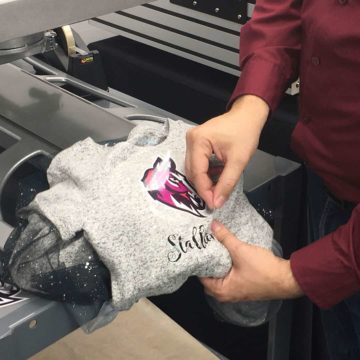


If you have a dark T-shirt, why is it that the DigitalHeat FX designs will have no problems standing out, but some other processes, like sublimation, would disappear into the shirt?
From here, physics teachers can introduce topics such as light, reflection, and wavelengths.
For those teachers who want to focus more on the engineering side, learning to maintain and understanding how the design printers work is also a good way for students to dabble in engineering.
For advanced classes, computer programming and understanding how transistors and microprocessors work is crucial in today’s world.
Even abstract concepts such as Moore’s law can be discussed. From there, thermodynamics and heat dissipation aren’t a far reach since part of creating T-shirts requires heat transfer.
While these are simply suggestions, the bigger question is: what other physics topics can fit nicely into a T-shirt making makerspace?
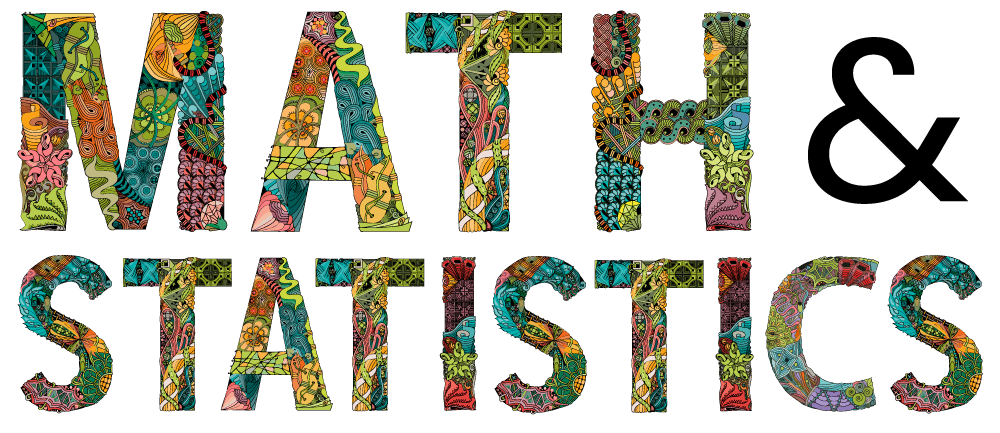
While there certainly is math in physics, the kind of math that is used in marketing and sales is much more relevant to fundraising.
The simplest application is to talk to students about budgeting and figuring out how much supplies to purchase. A more advanced way to introduce statistics would be to look at the demographics of the people who are attending the fundraiser.
What are some ways that these different demographic groups can be analyzed?
How can this analysis help with marketing strategies?
For example, if T-shirts were made for a football game fundraiser with large groups of adults attending (parents) versus a fundraiser during a school dance where the only adults are teachers, how would that change how students promoted the T-shirts?
After the fundraiser, students can use statistics and data science concepts to keep track of a variety of factors that may help them raise more money in the future. In order to do this, students will need to track who bought what, what style or color was the most popular, the size that ran out first, and a number of other variables.
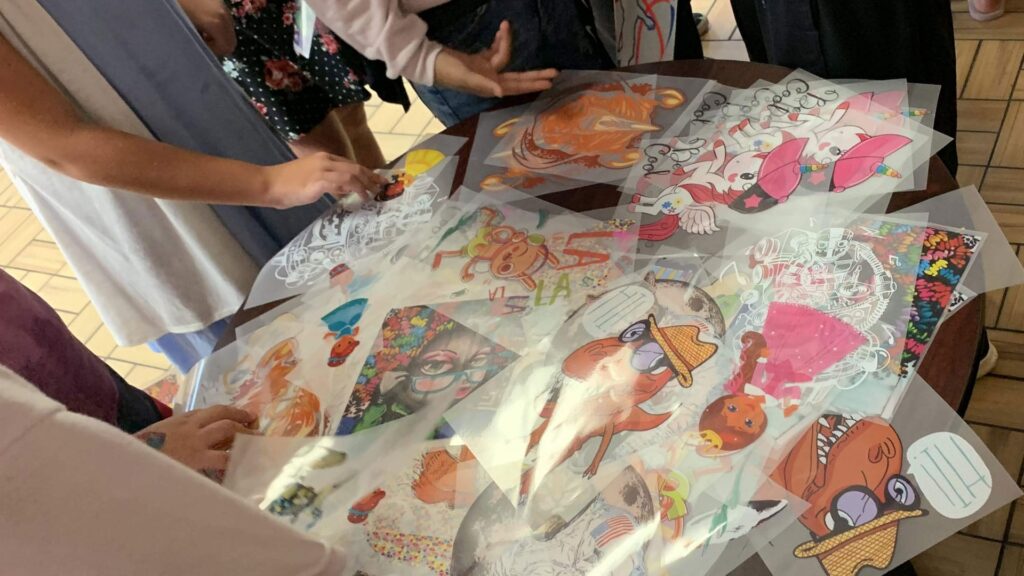

Speaking of fundraising – did you notice that the result of every class and experiment is a custom t-shirt?
Being Invested and Investing
You and your school must help your students get ready for life and work after graduation, and the way things are changing that means that you have to change too!
Your curriculum, your fundraising, your strategies for engaging students and parents all can be impacted by bringing in a custom t-shirt printing system. (Including Embroidery, Bling, Vinyl and more)
The DigitalHeat FX printer series is an excellent way to introduce some lessons about STEM and about entrepreneurship, math, science, business, sales, marketing and it has a real opportunity to pay for itself through fundraising.
To learn more and brainstorm about how custom t-shirt making can help your class just contact us.

